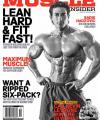John Robert Cardillo

John travelled the world to learn the best training and nutrition principles and trained alongside top pro bodybuilders at Gold's Gym California. He was a student of Arthur Jones, inventor of Nautilus and Medx Fitness machines, and the pioneer of hi-intensity training. John developed the HIT3 Training System, which transformed his physique to win countless bodybuilding competitions at just 18 years of age! He was also the first bodybuilder to utilize Faradic Electric Muscle Stimulation in his training and intermittent fasting during his competition prep. John’s SHREDDED Nutrition Diet helped him build one of the most shredded physiques of all time. His diet program incorporates fasting and nutrient timing to help athletes build lean muscle while losing body fat.
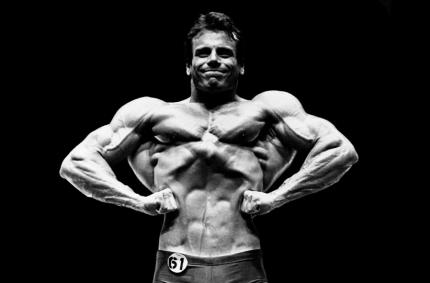
Brains and Brawn - The John Robert Cardillo Story - Bodybuilding Competition
Q. I read in one of Bob Kennedy’s magazines that you trained in California to prepare for competitions?
A. Yes, I did! Everyone was heading to California to train at the famous Gold's Gym and be involved in the whole bodybuilding scene that Arnold created. From a training standpoint my experience was great. I trained with Mike Mentzer and Casey Viator in Gold's Gym in Santa Monica and in Palm Springs, where Mentzer had one of his homes. But the whole experience wasn’t positive for my bodybuilding career.
Q. Can you elaborate a little bit on this?
A. When I got to California, Arnold had already moved on from bodybuilding and got into movies and real estate. He had realized there wasn’t much money to be made from bodybuilding as a career. Bodybuilders that I met at Gold's could barely pay their rent. They were all hoping to be the next Arnold, but they didn’t train hard enough to make it, as far as I was concerned. Although it was motivating to be around all the famous bodybuilders I had read about, I quickly learned that many of them did not train very hard and relied mostly on steroids to increase size.
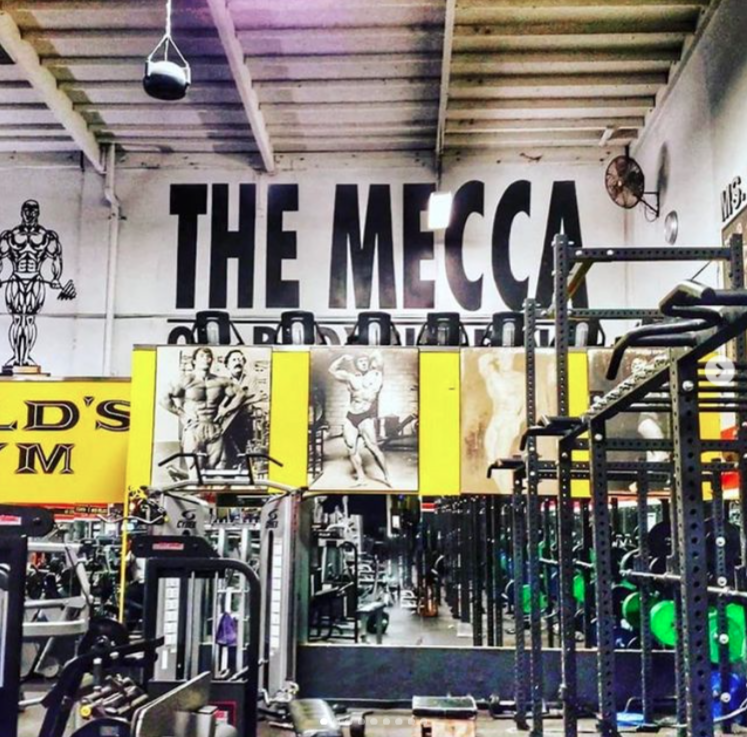 Q. Ironman Magazine predicted that you were the new sensation of bodybuilding. When did you realize you reached your peak of your bodybuilding competition career?
Q. Ironman Magazine predicted that you were the new sensation of bodybuilding. When did you realize you reached your peak of your bodybuilding competition career?
A. After winning the Junior Canada Championships and winning the Ontario Senior Championship three more times and competitions in the US, I decided to enter the Senior Canadian Championships. I only placed 4th but I was the most muscular bodybuilder in the competition, yet they put guys ahead of me who were blown up and hardly muscular. This was the new trend, huge size and not much muscularity or symmetry.
Q. Is that what prompted you to retire from bodybuilding competition at such a young age?
A. Yes, I decided I didn’t want to risk my health by abusing steroids to be competitive. I had a symmetrical and ripped physique, but this type of physique was not rewarded in the amateur judging panels at that time. My good friend Bob Kennedy (Founder of Musclemag and Oxygen magazine) agreed with me and felt that retiring from competitive bodybuilding and focusing on business would be more rewarding.
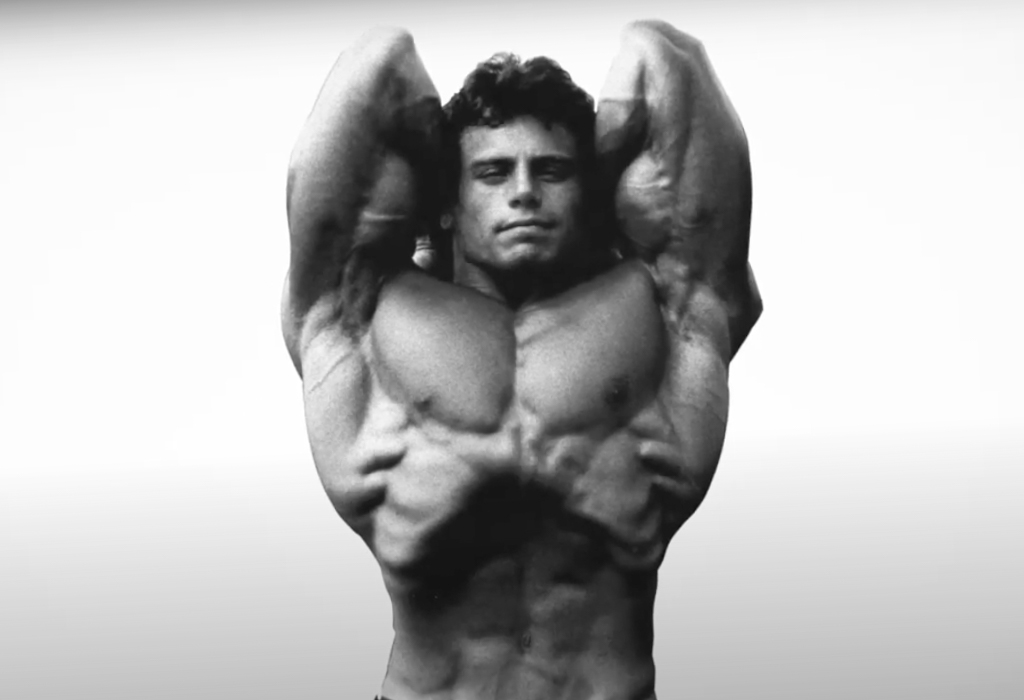 Q. What are some of your proudest achievements in your bodybuilding career?
Q. What are some of your proudest achievements in your bodybuilding career?
A. I think winning my first competition, the Ontario Junior championships at age 17 was really gratifying and then the following year being the youngest in history (to this day) to win the Senior Ontario Bodybuilding championships. The biggest title I won was the Eastern US Open, which was the last competition I entered.
Q. Ironman magazine writer Bruce Page wrote that you were the hardest-training bodybuilder he ever watched. What differences do you see in the bodybuilding world today compared to when you were competing?
A.I think that bodybuilders today do not understand the concept of Hi-Intensity training. They have a misconception that volume training is actually hard training. Which is the opposite of hi-intensity. This goes for most of them. I also think they mistakenly rely too much on steroids to build muscle. Which is really only a temporary bloated look. Very few people in gyms today discuss training programs or workout concepts. All they talk about is steroid cycling and using PEDs. This has resulted in physiques being larger, more bloated with less muscle detail.
Q. Who was influential to you in your bodybuilding career?
A. Arthur Jones was my real educator and mentor and Bob Kennedy always gave me great advice. Training with Mike Mentzer was always motivating because he was also from the Arthur Jones school of hi-intensity training. We had so much in common that way.
 Q. What advice would you give a young person who wants to become a competitive bodybuilder?
Q. What advice would you give a young person who wants to become a competitive bodybuilder?
A. The first thing someone interested in competitive bodybuilding should do is to assess whether they have the genetics to succeed or not. Without the right genetics (which includes wide shoulders, full muscle structures, and aesthetic lines.
The second thing I would ask a young person Is how bad they really wanted to succeed and is if they had the work ethic to train religiously every week for at least 5 years in order to develop a bodybuilders physique. Without a long-term commitment, it is impossible to achieve one’s full potential in bodybuilding.
The third thing I would ask them is if they were prepared to stick to a healthy diet to feed their muscular growth needs. This would mean that they would not be out drinking and partying like most people do. Because proper diet and rest are a must to achieve extraordinary muscular development.
The fourth and most important question I would ask is if they were prepared to train using the best and most challenging result producing training system-Hi-Intensity, which would allow them to make the fastest gains as possible. I would make it very clear that the exercise stimulus from Hi-intensity training supersedes all other factors listed above.
Q. The book "Hardcore Bodybuilding" credits you as one of the pioneers of a unique style of hi-intensity workouts that differs from what Mike Mentzer and Arthur Jones were doing back in the day. Tell us more about this.
A. I originally learned the raw form of hi-intensity training from Arthur Jones using his Nautilus and Medx Machines. However, after more than 6 months of following Jones system I started to get stale. No matter how hard I ratcheted up the intensity, I started to stagnate. I decided to contact an exercise physiologist at a local university. After a great deal of discussion with him, it became obvious that performing the same exercises on the same machines, month after month, (even though I employing Hi-intensity) became less effective due to a muscle getting used to the neuromuscular pathway of the exercise. Therefore, it adapts and becomes harder to stimulate. After understanding this phenomenon, I started intermingling machine exercises with free weight exercises for each body part. This became a perfect way to train for me and my results were instant. This became the basis of my HIT3 training system
Over the years, I applied the hi-intensity principles using various other brands of equipment that became available. Being the owner of so many gyms over my career, I had access to the top brands of equipment in the world as soon as it came out.
Many other bodybuilders religiously adhered to Arthur Jones' training methods using only his equipment, however I do not recall them achieving the results that I was able to achieve using my HIT3 system.
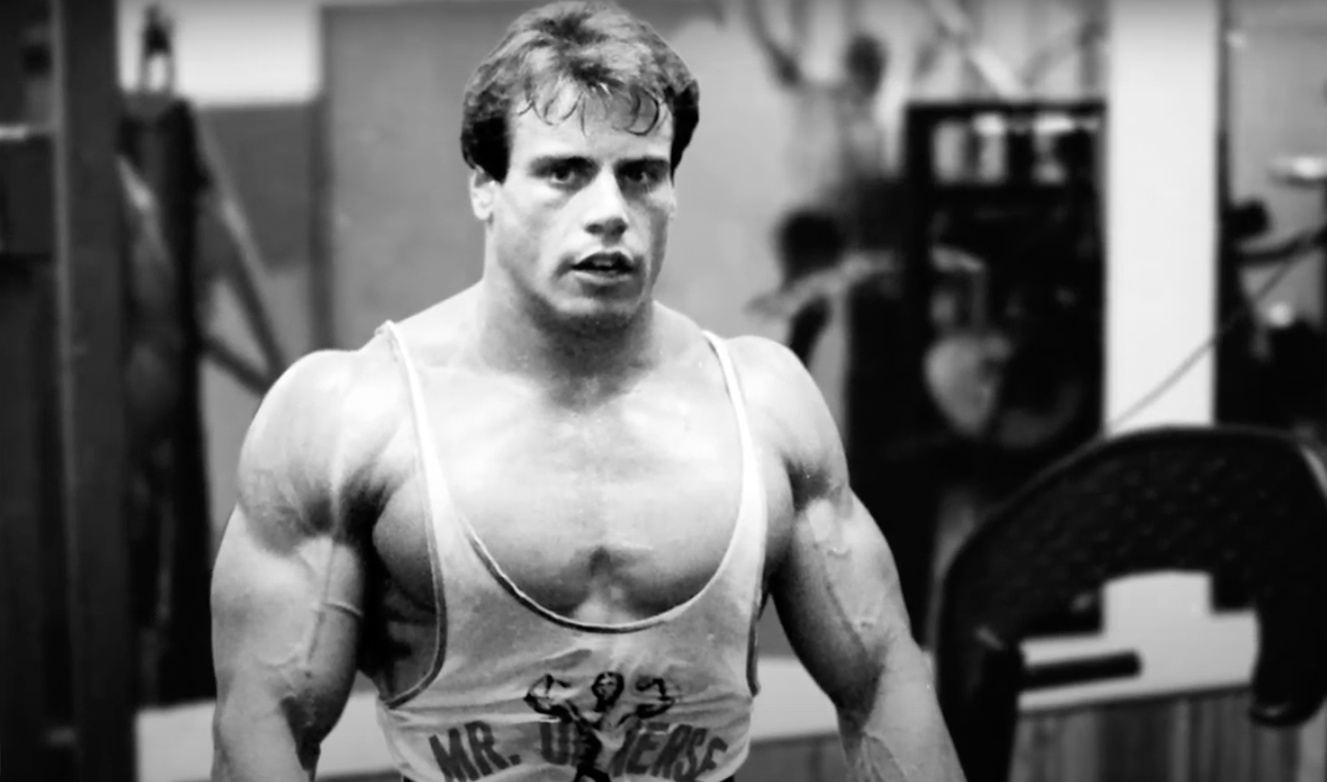 Q. Can you briefly describe the important aspects of your HIT3 training program?
Q. Can you briefly describe the important aspects of your HIT3 training program?
A. My HIT3 program involves three phases of intensity.
- Phase 1: This is basically what Arthur Jones taught me on how to train to total absolute muscular failure, in a positive and negative fashion.
- Phase 2: Involves using 2 or more exercises in sequence. Using an isolation movement followed by a compound movement for a body part, performed in succession without rest. Each exercise is performed to positive and negative failure and ended with several static repetitions.
- Phase 3: Is a totally different level of intensity that very few people get to. After completing the phase 1 and phase 2 exercises for a body part, the bod part is further stimulated with 2 to 3 Electro Muscle Faradic contractions. It’s the hardest part of my training system. But it produces the best results!
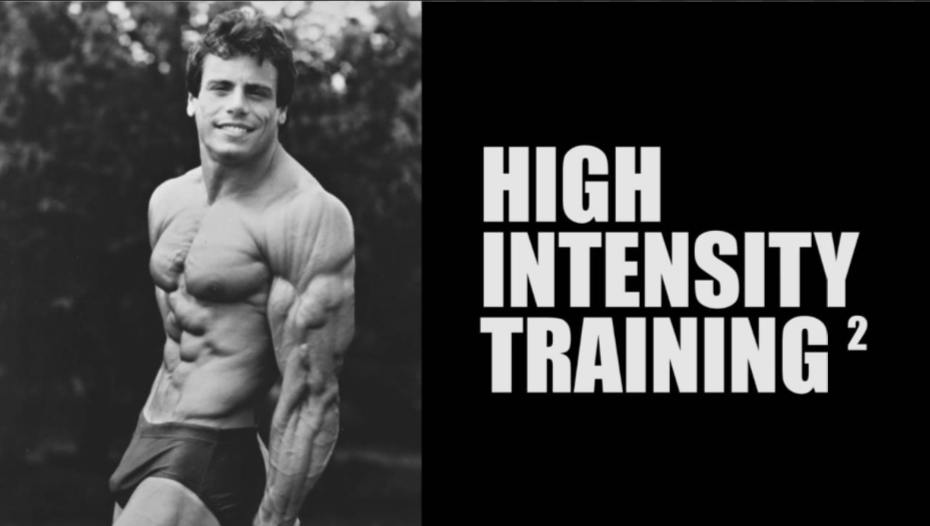 Q. What are some common myths and misconceptions about training that you see people mistakenly believe?
Q. What are some common myths and misconceptions about training that you see people mistakenly believe?
A. There are three big misconceptions I see.
Training Mistake 1: Thinking doing more is better. If doing 3 sets for a body part is good, then 6 or 12 sets will be even better! This is far from the truth. It’s not the quantity of exercise that's key, it's the intensity of training that stimulates muscle growth.
Training Mistake 2: Thinking that you must workout every day to get the best results. This is counterproductive because once you work your body hard one day, you will have exhausted your neuromuscular system. Therefore, you will need to rest your body to allow it to recover which is when the growth happens. Training 6 days per week is the worst mistake anyone can make.
Training Mistake 3: The third misconception is that in order to get big you have to eat 5 to 6 times a day and ingest massive amounts of protein. This is simply not true. You need to meet your nutritional requirements, but this doesn't mean that you overstuff yourself six times a day like I often see with off-season bodybuilders.
Q. Free weights vs. machines?
A. Throughout my years of training and specifically in my HIT3 training system, I have used and advocate both machines and free weights. I found that a combination of both gave me the best results. My focus has always been to contract a body part from as many biomechanical angles as possible, to recruit the highest percentage of muscle fibers which in turn results in more growth stimulus. Using machines to accomplish this is most beneficial.
Q. Has your training philosophy changed over the years?
A. Since developing my HIT3 training system while I was a competitive bodybuilder, my training philosophy has remained the same. Because it’s physiologically science based, it produces the exact results through implementation.
Q. Do bodybuilders today train in a Hi-Intensity way?
A. To be totally honest, I do not believe that many bodybuilders train in a scientific Hi-intensity manner these days. Higher volume workouts, which are easier to do, seem to be the popular norm for most bodybuilders. This is evident from the physiques we see, that have extreme mass and minimal muscular detail.
Want to Train and Diet Like a Bodybuilder? Check Out Canada's Premier Fitness Expert John Cardillo or Right Here.
*Some images courtesy of Instagram

